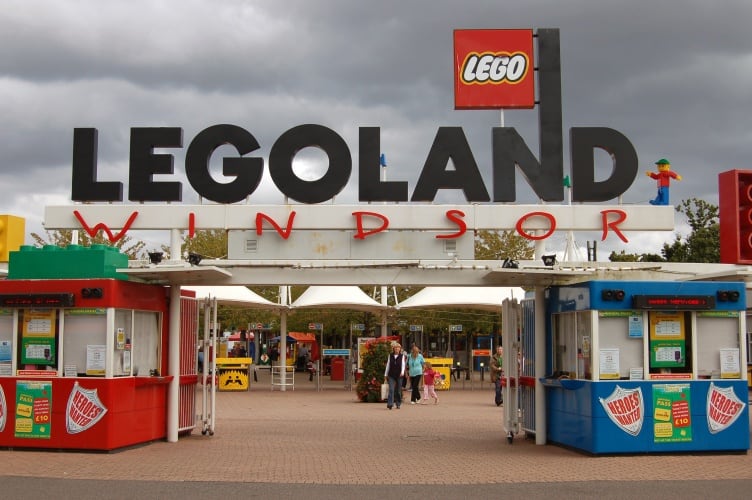Merlin Entertainments is the largest entertainments company operating in Europe, running some of the world’s most popular attractions like Legoland, Madame Tussauds and the London Eye. Working behind the scenes to make these attractions tick is Merlin Magic Makers (MMM) – our creative team based in a studio at Alton Towers in Staffordshire. We’ve been servicing the theme park resort industry for 25 years and are responsible for bringing much-loved characters and themed environments to life all over the world.

(Credit: Rob Young via CC)
Traditionally, everything that was made for attractions was done by our team of sculptors, prop workers and joiners. However, these skills are becoming increasingly difficult to source, with 41 per cent of British manufacturers struggling to find highly skilled machinists, according to a recent report from MHA. This issue is compounded by the fact that every product, asset and prop that we create must adhere to the strict guidelines set by the IP holders for each brand, so that they can be delivered exactly to the specifications that are required.
If the props don’t look like the characters that children know and love, it is very difficult to bring the magic of theme parks to life! A lot of the people in our team are parents to children that love the brands that we’re working on, and we’re committed to making sure that this passion comes through in what we create. We have to immerse ourselves within the environment to make sure we’re producing realistic and compelling products every time.
To address these challenges, we turned to digital tools, bringing Autodesk’s PowerMill and ArtCAM products into our studio. With PowerMill, we receive the digital design files for each asset from the IP holders that we can programme straight into our machines in the workshop. These are then cut to the exact specifications that we are given, and so there’s never any argument over pose or posture. We’ve also mechanised the other departments to greatly assist with joinery and sculpting, with the use of robotics to speed up production times and change the way that products are delivered.
Looking at our product workflow, we now get the asset files directly from the IP holders and produce characters exactly as they should be. This makes the approvals process far simpler and quicker and means that we can continue to make realistic and believable themed environments for attractions around the world.
If we hadn’t started using digital tools, we would have struggled to remain competitive by now because we couldn’t have kept up with the pace of change in the market. Looking to the future, we are starting to explore how we can bring implementations of 3D printing to our production line and are also making use of Autodesk’s cloud-based environment so that other teams within our business can collaborate on one project at the same time.




Project to investigate hybrid approach to titanium manufacturing
What is this a hybrid of? Superplastic forming tends to be performed slowly as otherwise the behaviour is the hot creep that typifies hot...